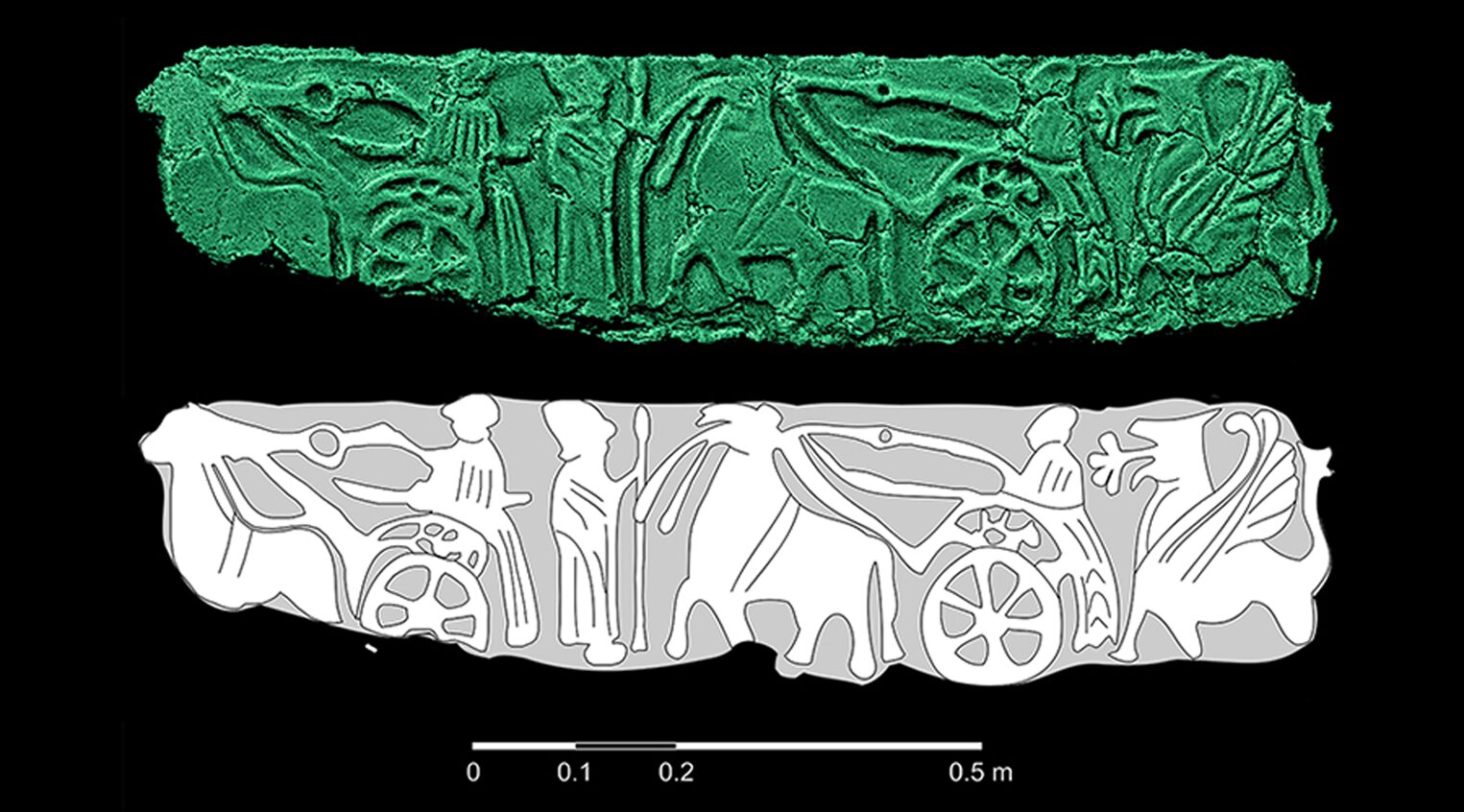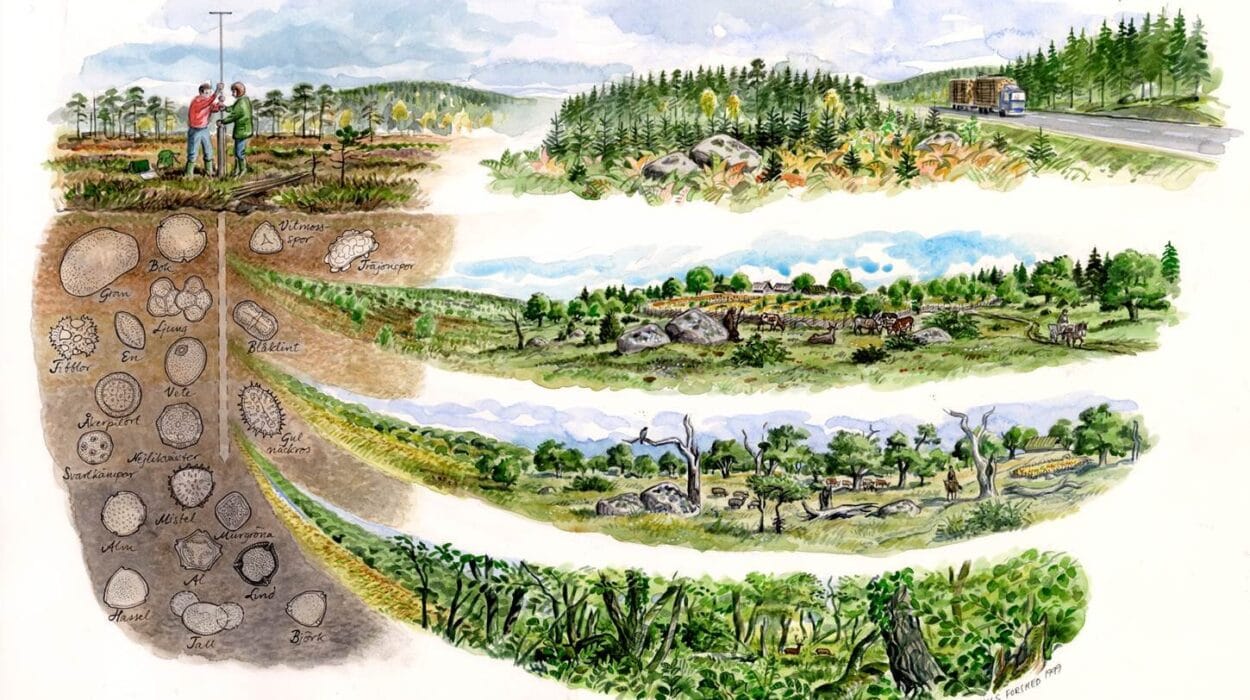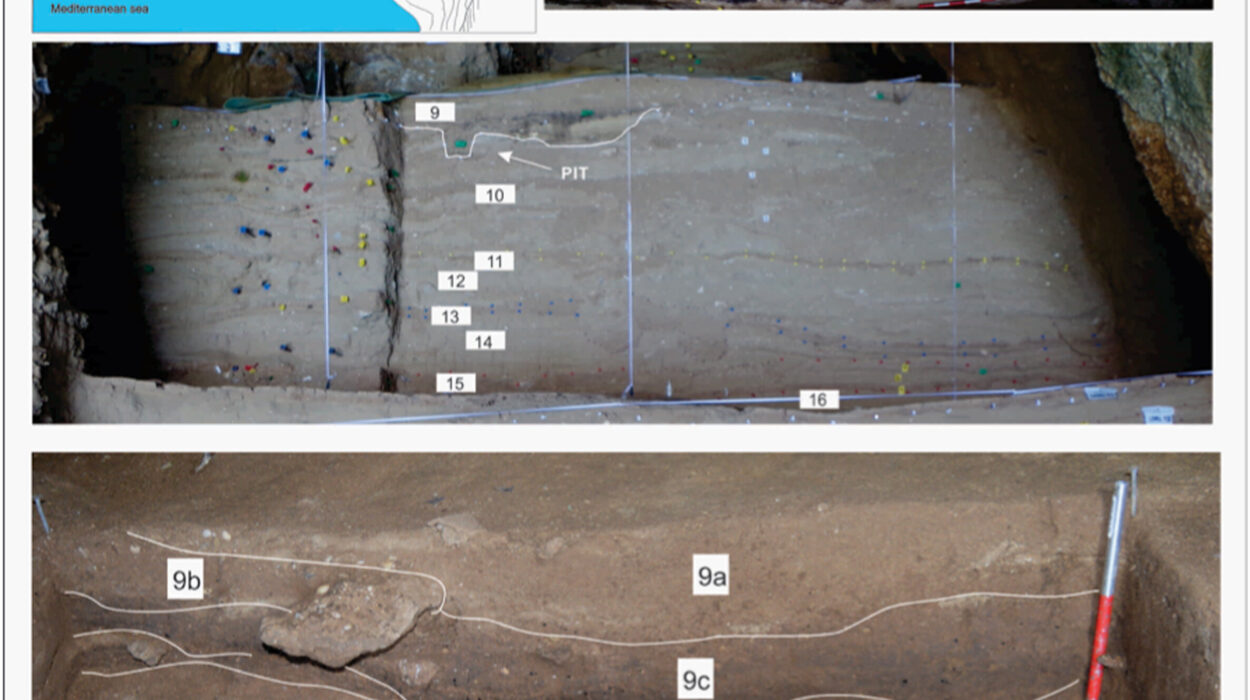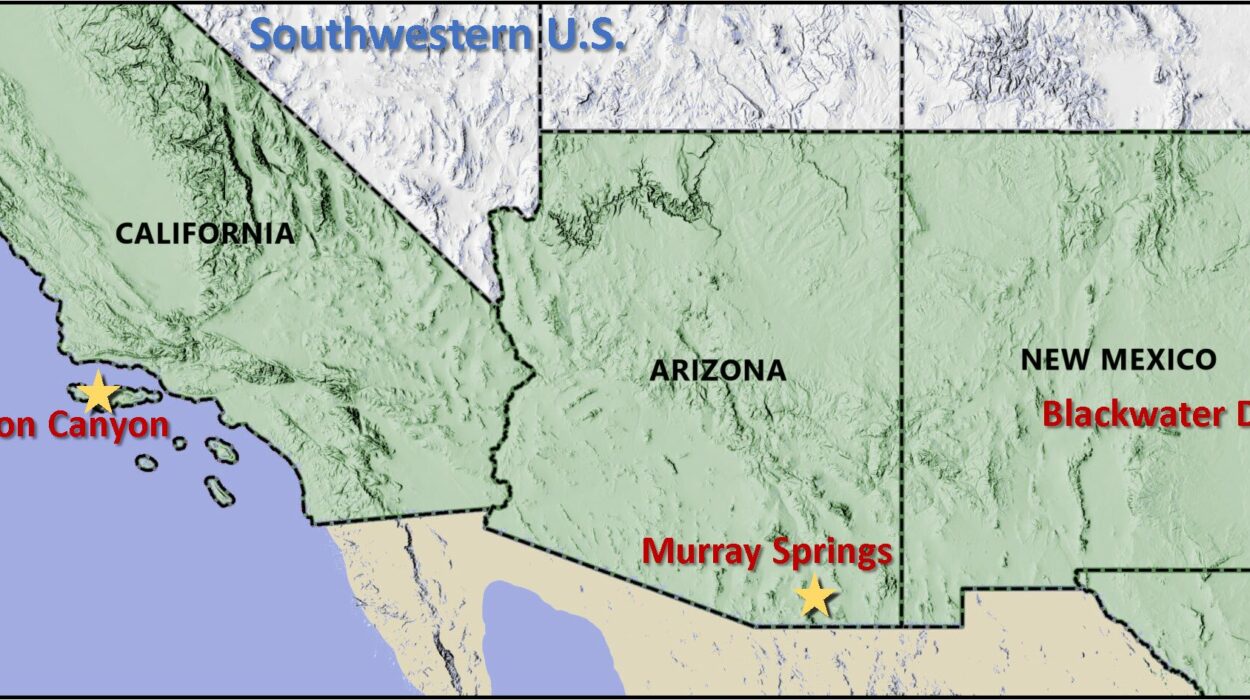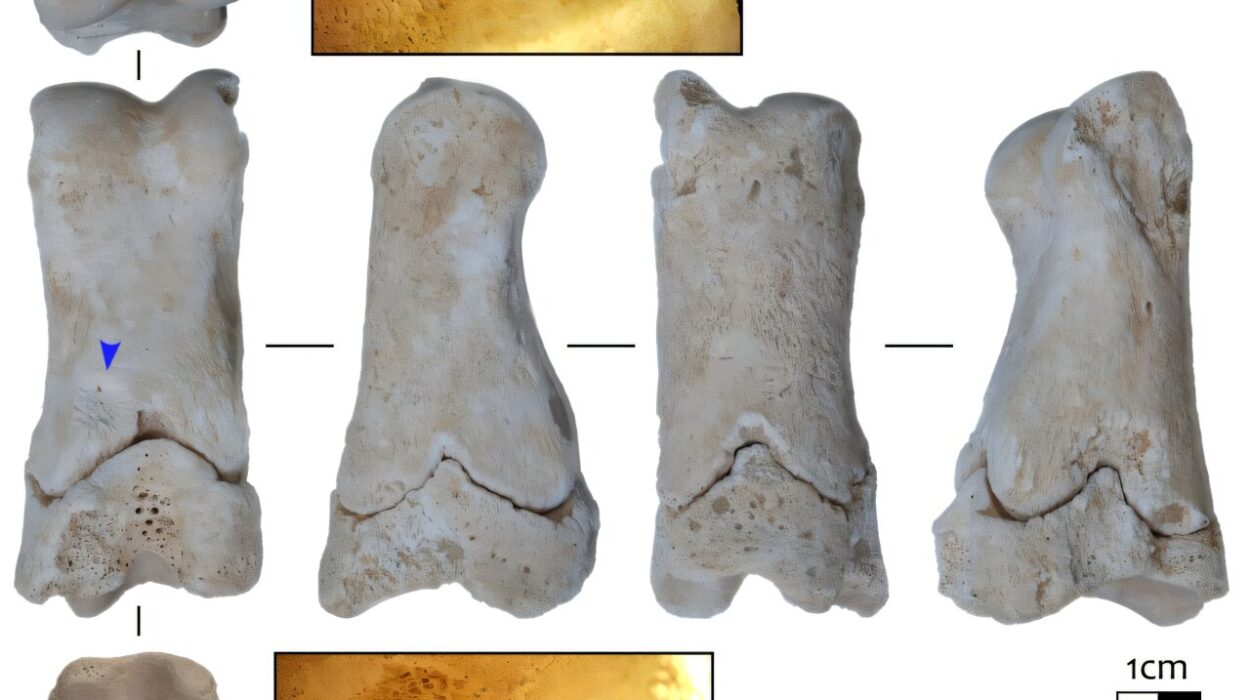For centuries, historians have painted Carpetania, a region tucked within the Iberian Peninsula, as a passive participant in the grand tapestry of the Late Iron Age. Viewed as a place defined by its adoption of external influences—particularly from its more powerful Mediterranean neighbors—this region was long thought to merely imitate the art, architecture, and cultural practices of its more prominent counterparts. But a groundbreaking new discovery has upended these assumptions, revealing a cultural dynamism in Carpetania that historians had previously overlooked.
At the heart of this revelation is a stunning terracotta relief uncovered at the El Cerrón archaeological site in central Spain. The intricate artwork—depicting a procession with charioteers, griffins, and horses—offers a glimpse into the life of a society that was far more engaged with Mediterranean culture than once believed. It shows that the elite of Carpetania weren’t simply passive receivers of external influence; they were active participants in the cultural exchange that shaped the Iberian Peninsula and beyond.
The Mediterranean Influence
The object of focus—a terracotta relief from the mid to late 4th century BC—was found in Structure 2 of the site. At first glance, the scene it depicts might seem familiar: a parade or procession, echoing Mediterranean iconography. The griffins, a symbol of power, and the charioteers, evoking grandeur, closely resemble similar motifs found in the ancient art of Italy. But what was once seen as an imitation is now recognized as an intentional adaptation, one that speaks volumes about Carpetania’s cultural agency during a period of intense Mediterranean influence.
This discovery challenges a well-worn narrative in archaeological circles. For years, scholars had categorized Carpetania as part of the broader Celtiberian region—an area frequently viewed as isolated, even marginal, compared to the thriving Mediterranean coastal civilizations. Most studies had placed Carpetania within the wider Celtic or southern Iberian cultural spheres without recognizing the active role of the region’s elites in shaping its identity. The revelation of the terracotta relief, alongside other elite artifacts discovered at El Cerrón, paints a more nuanced picture: Carpetania was not simply a passive recipient of Mediterranean culture—it was a vibrant player in the cultural dialogue of the ancient world.
Re-examining Old Assumptions
This finding is a direct challenge to the dominant paradigm of Mediterraneanization—a term introduced by archaeologist Ian Morris in 2003 to describe the spread of Mediterranean cultures across the ancient world. While Mediterraneanization has been widely accepted as a way to explain the expansion of Mediterranean influence into other regions, it has often been applied uncritically, overlooking the agency of inland societies like Carpetania.
The term itself conjures an image of a sprawling network of influences, with coastal regions spreading culture, art, and trade to more peripheral areas. But this traditional view has its flaws. “Historians and archaeologists have often regarded inland regions like Carpetania as places that simply borrowed ideas from their more powerful neighbors,” said Dr. Marta Rodríguez, a lead researcher on the study. “What we’ve uncovered at El Cerrón suggests that Carpetania was much more active in this exchange. The elites were engaging with Mediterranean traditions in a way that was deeply creative, not simply imitative.”
To explore this further, Rodríguez and her team scrutinized three key structures at El Cerrón, each featuring stone foundations and mudbrick walls. These structures, built in a vernacular style typical of the region, have long been classified as Celtiberian hillforts—fortified settlements attributed to the Celtic populations of Iberia. However, a closer examination of the material culture and architectural designs suggested that these structures were not merely borrowed from Celtic traditions but represented a fusion of local and Mediterranean influences, designed to reflect the social and political aspirations of the region’s elite.
The El Cerrón Terracotta Relief: A Window into the Past
The centerpiece of this re-evaluation is the terracotta relief discovered in Structure 2, which likely dates to the second phase of occupation at El Cerrón, between the mid and late 4th century BC. The relief depicts a ceremonial procession, complete with griffins and chariots—symbols that evoke the power and luxury of Mediterranean societies. However, these familiar motifs have been adapted and localized, suggesting that the elites of Carpetania were not merely copying Mediterranean art; they were using it to construct their own social identity.
This revelation forces us to reconsider the role of local elites in shaping cultural practices. “By adopting these foreign artistic traditions, Carpetania’s elites were making a statement about their status, their power, and their connections to the broader Mediterranean world,” Dr. Rodríguez explained. “They were not passive observers; they were active participants in a complex cultural exchange.”
The placement of the relief further complicates its story. The artifact appears to have been repurposed, suggesting that it may have originally been part of a larger structure, possibly a temple or an elite residence. While no such structures have yet been uncovered, the possibility that the relief adorned a place of worship or a high-status building speaks volumes about its significance. The imagery suggests that the relief was not just decorative—it was a tool for projecting power and prestige.
An Integrated World
The findings at El Cerrón paint a picture of a world that was far more interconnected than we once thought. The terracotta relief’s resemblance to similar plaques from central Italy highlights the deep Mediterranean connections of Carpetania. By the Late Iron Age, the region was embedded within a vast network of trade and cultural exchange that spanned from the Mediterranean to northern Iberia.
The elites of Carpetania were actively adopting foreign customs, but they weren’t doing so blindly. Rather, they were incorporating these practices into their own cultural framework, adapting them to local needs and aspirations. The result was a rich, hybrid culture that stood as an equal player in the Mediterranean world, rather than simply a passive recipient of outside influence.
“The concept of Mediterraneanization is helpful, but it doesn’t account for the agency of peripheral societies,” Dr. Rodríguez explained. “Our study shows that places like Carpetania were not just adopting foreign cultures; they were shaping them. The elites of Carpetania were deeply connected to the Mediterranean world, and they used this connection to enhance their own power and status.”
Rewriting the History of the Iberian Peninsula
The implications of this discovery go beyond the borders of Carpetania. It forces a reconsideration of how we view the Iberian Peninsula during the first millennium BC. While the coastal regions of Spain, such as Tartessos and Phoenician settlements, have long been the focus of Mediterranean studies, this new research highlights the importance of inland regions like Carpetania in the broader cultural and political dynamics of the era.
“It’s easy to view the Iberian Peninsula through a coastal lens, focusing on the well-known Mediterranean cities and trading routes,” Dr. Rodríguez noted. “But what we’re seeing here is that the heart of Iberia—its interior—was just as dynamic, just as interconnected, and just as vital to the Mediterranean world as the coastal cities.”
As researchers continue to study the artifacts and structures at El Cerrón, it is clear that the ancient world was far more complex and interconnected than we have previously imagined. The terracotta relief is just the beginning of a larger story—one that challenges long-held assumptions about the passive role of inland societies and reveals a more active, influential, and creative Carpetania than anyone had ever expected.
In the process, the study offers a powerful reminder: history is always in the making, and sometimes, the most profound discoveries come from reexamining the stories we thought we knew.
Reference: Pablo Sánchez de Oro et al, The relief of El Cerrón: insights into central Iberian elite identity in the Late Iron Age, Antiquity (2025). DOI: 10.15184/aqy.2025.48
